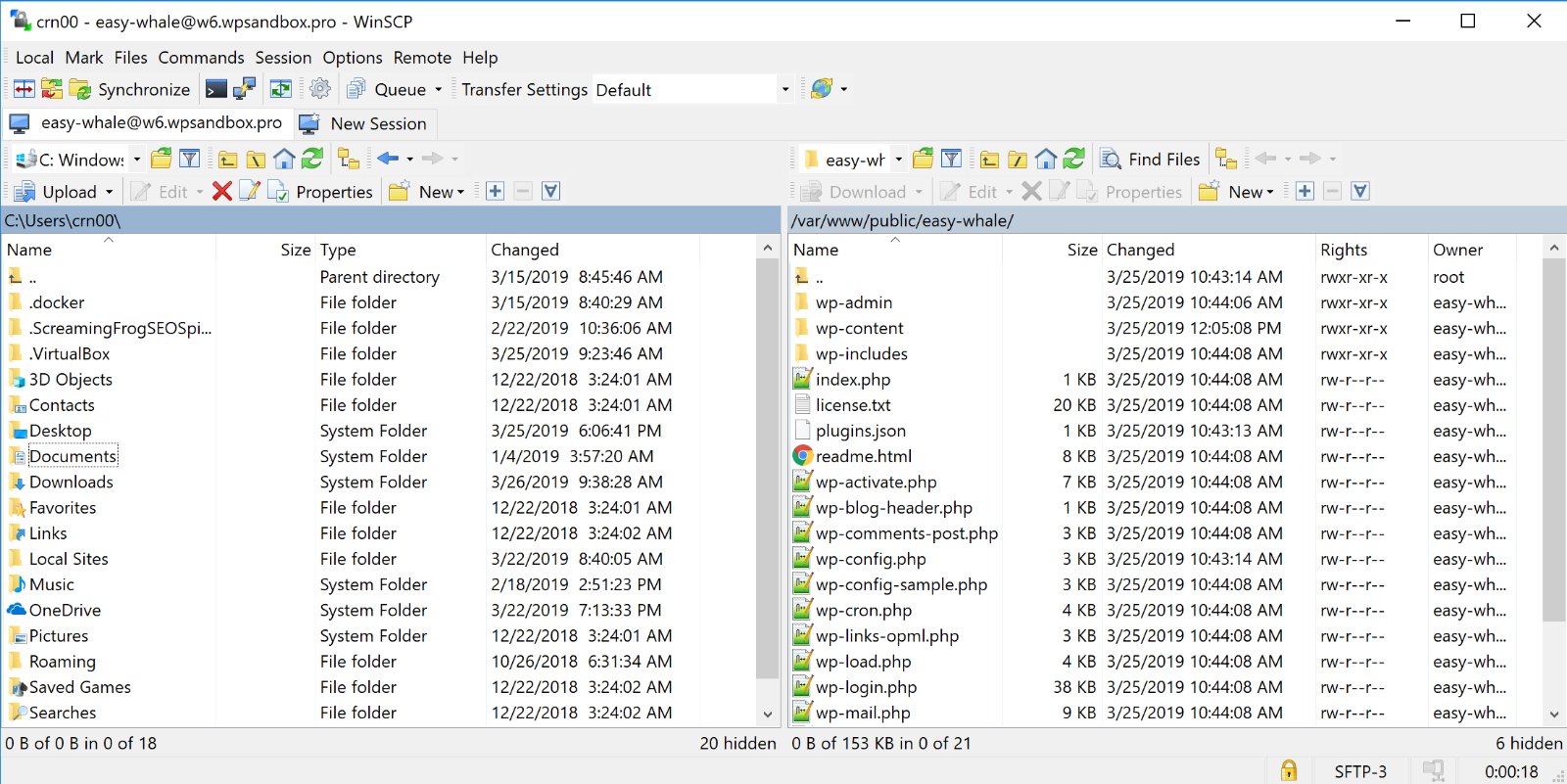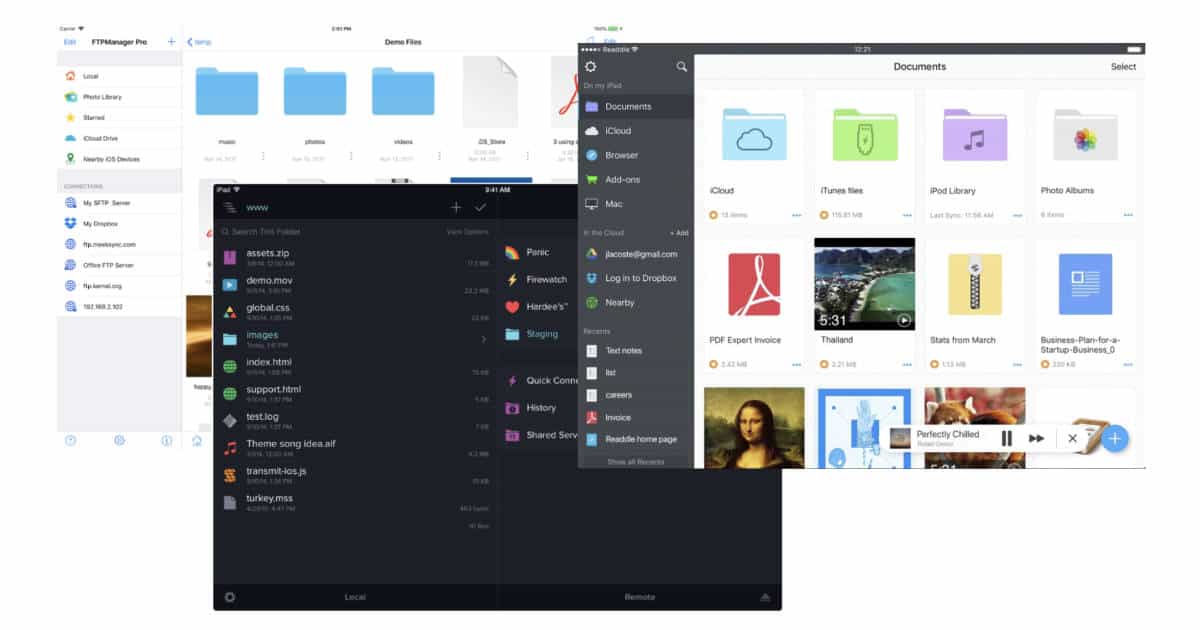
- WINSCP FOR MACSFTP CLIENT MAC HOW TO
- WINSCP FOR MACSFTP CLIENT MAC PASSWORD
- WINSCP FOR MACSFTP CLIENT MAC DOWNLOAD
- WINSCP FOR MACSFTP CLIENT MAC MAC
WINSCP FOR MACSFTP CLIENT MAC DOWNLOAD
Get lets you download a file (or files) from the remote server to the local computer. Lcd works just like cd, except it only changes the active directory on the local host.Įxample: sftp> lcd /Users/john/Documents/invoices Download and Upload Files Command: get remote-file a directory that resides within your current directory), simply type in its name. To switch the full, absolute, path to the directory, prefix the path with a /. Use cd to switch from one directory to another on the remote server. Note: To list files within your local host, use lls instead of ls in the sftp console. Use the command ls -l and a directory file list should be available like so:
WINSCP FOR MACSFTP CLIENT MAC HOW TO
The example below indicates how to do it. - Passing the argument to the ls command allows you to display the list of files in a specified remote path.-t - Sort list by last modification time.Use the following options to change the order of files in the list: -l - Long listing format, including additional file information such as file sizes and permissions.-a - Show all files - include files that start with a dot (.).-1 - List the output in a single column.- The argument can be populated with any of the following options or a combination of them for example: the command `-alt` is acceptable.Two optional arguments are available when using the ls command: To change the current directory, use the cd command as demonstrated below. When using ls with no arguments, all the files found within the current directory will be displayed in a jumbled fashion. Ls lists the contents of the current directory on the remote server. ones you can choose to drop) are enclosed in. Note: Some commands have arguments (Don’t worry, we’ll explain what those do as well). In this post, we got you covered and will explain the important and useful commands. Using the command line is quite simple once you understand the meaning of each given command. Once you’re in, it can only go up from here.
WINSCP FOR MACSFTP CLIENT MAC PASSWORD
Then, either type in your chosen password or utilize the private/public key authentication option to login.

WINSCP FOR MACSFTP CLIENT MAC MAC
To start the command line, open your terminal (cmd on Windows Terminal on Mac and Linux) and type in sftp (replace the placeholders with the actual user name, sftp host name and remote directory). In this post, we’ll focus on the command line interface route. Programming libraries - There are a number of standard programming libraries, for pretty much any programming language, that let programmers interact with SFTP servers in their code.

The most popular SFTP GUI clients are Filezilla and Cyberduck. GUI - or Graphical User Interface, which allows you to list, download, and upload files using a graphical interface which is friendlier and supports the mouse or trackpad as an input device to allow drag & drop to upload and download files.All modern operating systems come equipped with an SFTP CLI program, allowing users to type out text commands to communicate with an SFTP server. CLI - this stands for Command Line Interface.

There are several ways to connect to SFTP:

To begin an SFTP session, you can either use the option of password authentication, or create SSH keys for a passwordless SFTP login. Additionally, the SFTP client allows you to list or delete files, create directories, and change file ownership and permissions. SFTP works in a client-server architecture, meaning that a client connects to a server and uploads files to it or downloads files from it. SFTP is a secure file transfer protocol, based on SSH (Secure Shell) which is the standard way to connect to UNIX/LINUX servers. To download a printable cheat sheet, click here


 0 kommentar(er)
0 kommentar(er)
